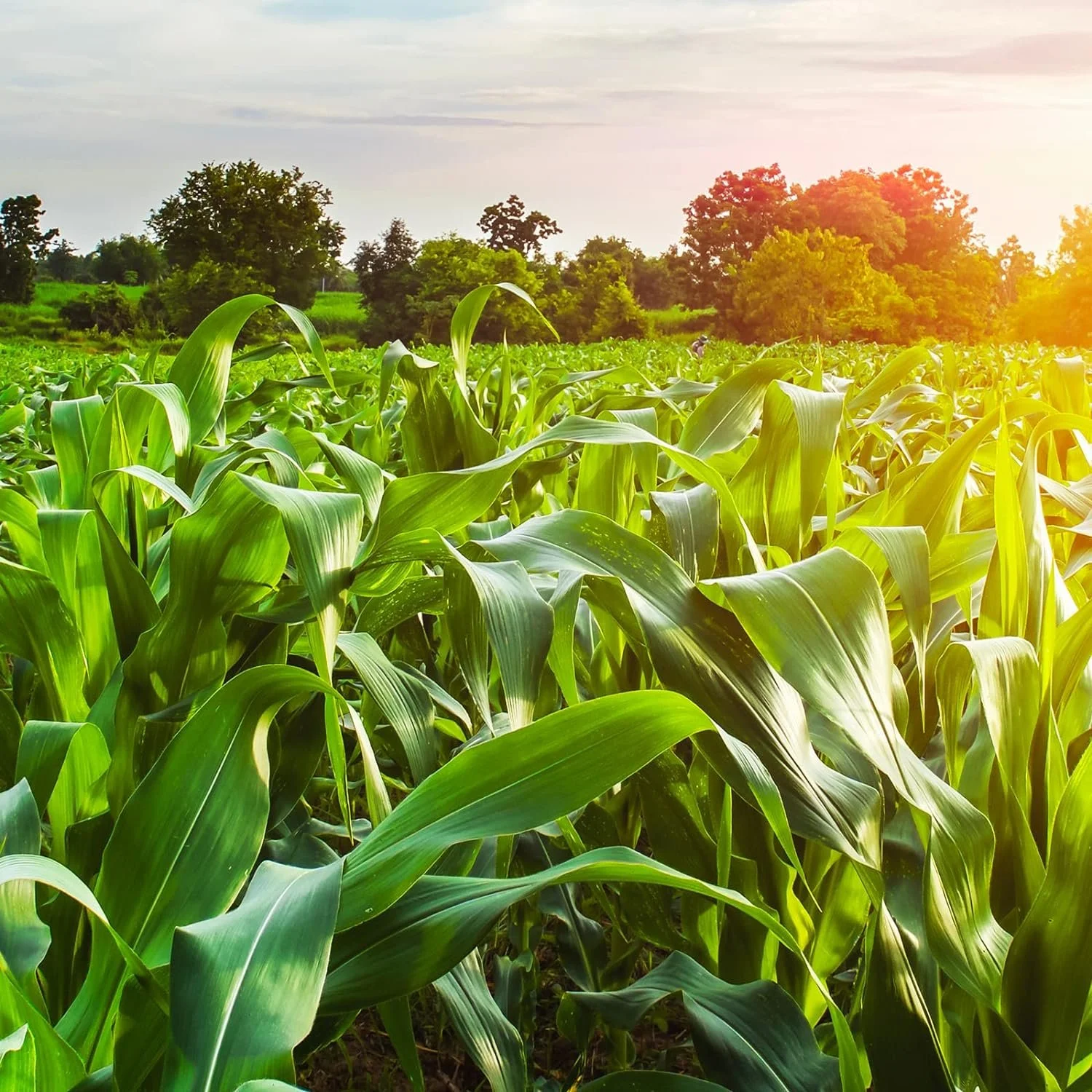To grow corn successfully, focus on proven production practices such as timely planting, high-yielding hybrids and appropriate seeding rates.
A major consideration is planting date. Consult your local extension agent or master gardeners or the optimum date for your area.
If soil conditions are dry, growers can begin planting slightly before the optimum date, but avoid early planting on poorly drained soils or those prone to ponding. Yield reductions resulting from 'mudding the seed in' may be much greater than those resulting from a slight planting delay.
Extend your corn harvest by planting successive crops when the previous crop's plants have three to four leaves. Or plant early-, mid- and late-maturing varieties all at the same time.
To make sure your sweet corn gets pollinated, plant several rows together in a block, rather than one long row. Side-dress with 3 tablespoons of 10-10-10 per 10 feet of row when the corn is 12 to 18 inches high.
Keep corn well watered, especially from tasseling time to picking. Hill corn plants by pushing a few inches of soil up around the base of the plants when you fertilize them. This will help the corn to stand up, but take care not to disturb the roots or remove suckers.
Other tips for successful corn production:
• Plant hybrids of different maturities to reduce damage from diseases and environmental stress, and spread out harvest time and workload.
• Plant full season hybrids first, then alternately plant mid- and early-season hybrids.
• Adjust seeding depth according to soil conditions. Plant 1 1/2 to 2 inches deep. Monitor periodically during planting operation.
• Adjust seeding rates on a field-by-field basis. On productive soils, which average 175 bushels per acre or more, final stands of 30,000 to 32,000 plants/acre may be required to maximize yields.
• Make sure the planter is in good working order. Inspect and adjust the planter to improve stand establishment. Slow down to optimize seed placement. Uneven emergence affects crop performance because of competition from larger, early emerging plants.
• Avoid unnecessary phosphorous and potassium application. Utilize soil testing to guide decisions.
• Perform tillage operations only when necessary and under proper soil conditions. Deep tillage should only be performed when a compacted zone is detected and soil conditions are dry (usually late summer).
• Take advantage of crop rotation. Corn grown after soybeans will typically yield 10 percent to 15 percent more than corn grown after corn.
• Determine harvest dates by crop maturity, not the calendar. Harvest loss increases 1 percent to 2 percent for each week of harvest delay. The ideal grain moisture for harvest is 25 percent.
